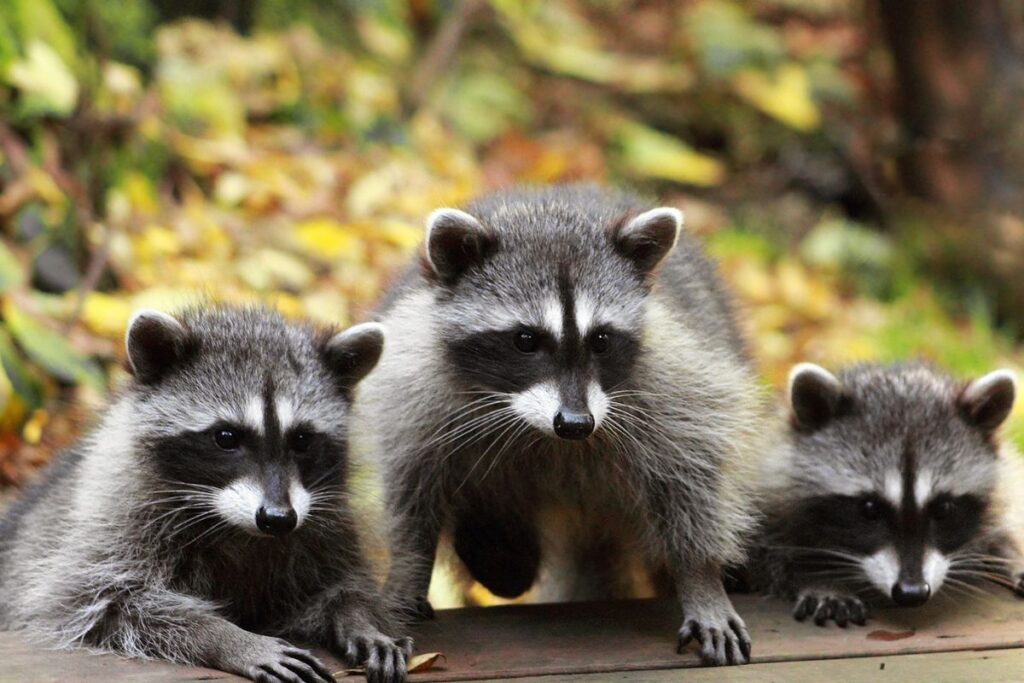
As cities expand and human populations encroach on natural habitats, many animals struggle to adapt. However, some species are not only surviving but thriving alongside humans in urban environments. These adaptable animals have embraced city life, adjusting their behaviors and habitats to find food, shelter, and new ways of coexisting with humans. From coyotes to squirrels, these animals have turned cityscapes into their personal habitats, showcasing resilience and adaptability.
1. Coyotes: Masters of Stealth

Coyotes and their larger hybrid relatives, coywolves, have adapted remarkably well to city life. These nocturnal predators navigate urban neighborhoods after dark, feeding on abundant food sources like raccoons, rats, and human garbage. Studies have shown that urban coyotes are thriving more than their rural counterparts, displaying larger sizes and more substantial litters. These traits suggest that city life is beneficial for these adaptable hunters.
2. Bald Eagles: Majestic Urban Neighbors

Once endangered, bald eagles have rebounded since the ban on harmful pesticides and now reside in cities like Greater Vancouver. They adapt to urban landscapes by nesting on infrastructure like cellphone towers and bridges. In cities, eagles tolerate closer proximity to other nests, a stark contrast to the usual 800-meter separation in the wild. They’ve also diversified their diets, competing with seagulls at city dumps, which supports their survival in bustling urban areas.
3. Pigeons: City-Savvy Navigators

Pigeons are well-suited to city living, with an uncanny ability to recognize individual human faces, helping them locate past food sources. Their unique distribution ensures they congregate according to food availability, maintaining balanced populations across urban parks. With excellent eyesight, pigeons are adept at dodging cars and other hazards, making them one of the most adaptive urban species.
4. Raccoons: Clever City Dwellers

Toronto, dubbed the “Raccoon Capital of the World,” is home to some of the smartest raccoons around. City raccoons have developed unique behaviors, like navigating roads safely and efficiently managing smaller territories. Researchers found that urban raccoons excel at problem-solving tasks, such as accessing food from locked garbage cans, while rural raccoons struggle with these challenges. City life appears to be sharpening raccoons’ cognitive skills.
5. Squirrels: Strategic Survivors

Squirrels find cities ideal with their abundant food and limited predators. They’ve learned to identify people who feed them and to practice tactical deception by pretending to bury nuts, tricking other squirrels. This strategic behavior, previously observed only in primates, highlights squirrels’ ability to adapt socially and intellectually to city life. These remarkable adaptations ensure squirrels are as much a part of the cityscape as their human neighbors.
6. Booklice: Masters of Indoor Adaptation

Among the many insects living in our homes, booklice are particularly well-adapted to indoor environments. They’ve discovered a unique food source in the starch found in book bindings, making our books an ideal home and food supply. Indoor insects face a constant risk of dehydration due to climate-controlled environments, but booklice have evolved a solution. They absorb moisture directly from the air, allowing them to survive for weeks without water—a remarkable feat, akin to a human drinking only once every several years. This adaptation enables them to thrive even in dry, human-made environments.
Stay connected with us for more stories like this! Follow us to get the latest updates or hit the Follow button at the top of this article, and let us know what you think by leaving your feedback below. We’d love to hear from you!







